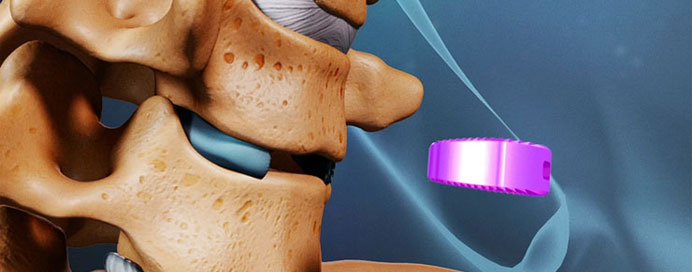Services / Dr. Ravi Bhanushali

Anterior cervical fusion is a surgical procedure commonly performed by orthopedic surgeons or neurosurgeons to treat certain cervical spine conditions. This procedure involves approaching the spine from the front (anterior) of the neck to address issues such as disc herniation, degenerative disc disease, or instability in the cervical spine.
Here’s an overview of anterior cervical fusion as an orthopedic service:
Individuals considering anterior cervical fusion should have a thorough discussion with their orthopedic surgeon to understand the potential benefits, risks, and expected outcomes based on their specific condition. The decision to undergo anterior cervical fusion is individualized, and healthcare providers take into account various factors to create a treatment plan tailored to the patient’s needs.
